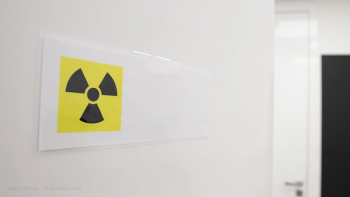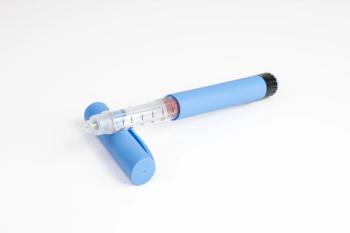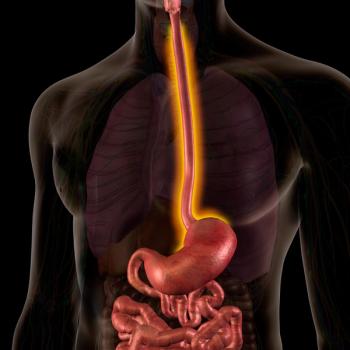
Analysis: R&D Costs and Innovation Not Sole Drivers of Cancer Drug Prices
Recent research finds that the prices of cancer drugs are rising, but the factors that contribute to the increases are difficult to pinpoint.
Cancer drug prices have been increasing, and new cancer drugs with costs above $200,000 per accounted for 44% of launches in the past five years, according to a report last year from IQVIA Institute for Human Data Science. Some studies have suggested that the higher prices are related to the innovation of new therapies.
But a recent study has found that innovation alone doesn’t explain increases in drug prices. In a study
Investigators, led by Vinay Prasad, M.D., MPH, department of Epidemiology and Biostatistics at University of California, San Francisco, wanted to determine whether increases in cancer drug prices where related to their novelty.
They evaluated the cancer drugs approved by the FDA from Jan. 1, 2015, to Dec. 31, 2020, for their mechanism of action and their wholesale acquisition cost. They grouped the new drugs into three categories: first approval of a new mechanism of action compound, next-in-class approval regardless the tumor type, and subsequent approval of the same drug. Investigators also group the new drugs by their mechanism of action into small molecules (including kinase inhibitors and immunomodulatory drugs), biologics (including monoclonal and bispecific antibodies, antibody-drug conjugates, and fusion proteins), cytotoxic drugs (including cytotoxic chemotherapy and radio-conjugates), gene and oncolytic virus therapy, and hormonal therapy.
Investigators reviewed 224 cancer approvals across 119 individual drugs, with a median annual cost of $196,000 but prices by varied by mechanism of action. For example, gene and viral therapies were the most expensive, with median price of $448,000. Small molecule therapies had a median price of $244,000, and biologics had a median price of $185,000.
They also found there were no significant differences in median annual cost between novel drugs ($292,000), next-in-class drugs ($206,000), and subsequent approvals of an already approved drug ($190,000).
With the gene therapy drugs, investigators suggest the higher price is more dependent on the supply chain and shipment logics. These therapies are made from a person’s own cells, are engineered for an effect and then reintroduced into the patient. Because of this, “they do not benefit from the economies of scale to the extent that other treatment modalities do,” researchers said.
But they were unsure about why small molecules had a median cost that was higher than biologics, which have additional manufacturing requirements. “Our results reject the conclusion that cost is based on novelty alone,” researchers wrote.
Researchers cite a 2017 analysis that showed the estimated cost to bring a single cancer drug to market was $648 million. They also said manufacturers may also receive federal funding or grants for new drug development. “If direct costs of new drug development were responsible for the high prices they command once approved, drugs developed and approved for disease areas which receive less federal funding would be expected to cost more,” researchers wrote.
But the JAMA Network Open also found that manufacturers with other approved cancer drugs had lower median costs for their drugs, suggesting they were able take advantage of economies of scale in their research. This, researchers said, means the relationship between price and number of drugs is not straightforward.
One limitation of the study is that investigators did not account for R&D costs of drugs that did not reach the market or whether manufacturers could absorb these costs without affecting prices. Additionally, prices used didn’t account for rebates.
Newsletter
Get the latest industry news, event updates, and more from Managed healthcare Executive.






















































